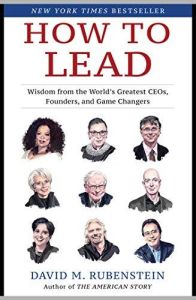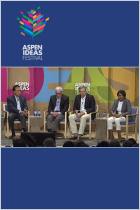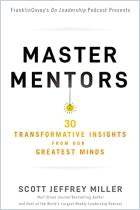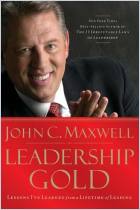
Book
How to Lead
Wisdom from the World’s Greatest CEOs, Founders, and Game Changers
Simon & Schuster,
2020
más...
From HOW TO LEAD: Wisdom From the World's Greatest CEOs, Founders, and Game Changers by David M. Rubenstein. Copyright © David M. Rubenstein 2020. Reprinted by permission of Simon & Schuster, Inc.
ISBN: 9781982132156
Pages: 448
ISBN: 9781982132156
Pages: 448
We currently cannot offer you an audio version of this summary.
Recommendation
From 2008 to 2020, when David Rubenstein was president of Washington, DC’s Economic Club, he talked with dozens of the world’s most accomplished and famous leaders. This anthology of 30 of his interviews contains a wealth of knowledge and insight into what makes and creates great leaders. More interestingly, several explain what keeps them working hard – often into their 80s and 90s – even after reaching the apex of their industries and professions.
Summary
About the Author
David M. Rubenstein hosts shows on PBS and Bloomberg TV. He co-founded and co-chairs The Carlyle Group, one of the world’s largest private equity firms.
By the same author
Book
Video



















Comment on this summary